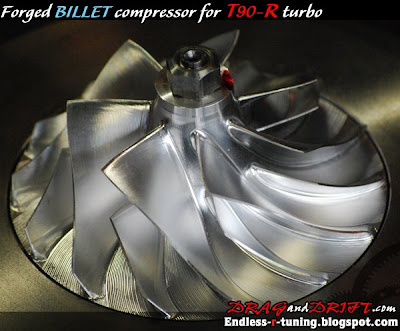shelly wrote:
I think that after having established that in floor+ diffusr we have two suction peaks we can go on by having a closer look at
-how vortices enhance downforce by being squeezed nder the floor
-why it is rear ride height at the kink the dominant parameter affecting mass flow rate under the floor
Think that slc posts are something we can elaborate on
Every goose (except for the foremost one) flying in V formation knows something about lift gains from using vortices to support their wings, so we should be able to find something about it to

regarding rear ride hight:
As you change kink ride height, intake area changes much quicker (by percentage) then exit area and so will expansion ratio of the diffuser. For example 5cm at kink and 17,25 cm at exit = expansion ratio of 3,45, 3 cm at kink and 14,25cm at exit = expansion ratio 5,75.
Due to mass conservation law mass flow at intake and exit are equal, so flow at kink has to be much quicker then external.
With increase in speed of flow at intake, boundary layer thickness at diffuser walls and reynolds number increases to, eventually causing BL flow transition to turbulent and following separation from the diffuser surface and back flow of air into diffuser.
In this stalled condition only part of diffuser exit area is used to release incoming flow, so expansion ratio drops suddenly, flow speed and downforce at kink decrease abruptly.
Sensitiveness's of this behavior depends (for a given geometry of diffuser) obviously on the initial ride height. Going from 5 to 3cm will result in more expansion ratio change then going form 10 to 7cm.
Inertia of the car and suspension stiffness tend to dump this positive feedback to some extent, but due to low response rate (compared to how quick downforce changes) one can hardly control. it
Up to the introduction of exhaust blown floor/diffuser it was easy to say more diffuser mass flow = more downforce, but not anymore.
You can
decrease mass flow by replacing air under the floor with less dense, heated gases of equal static pressure, and if the speed of this heated flow is the same, you still have the same amount of downforce.
In fact, less dense gases have less inertia, so they will accelerate quicker through pressure gradients, so flow speed and downforce at kink increase.
Not to mention higher temp means thinner boundary layer, later transition to turbulent flow and later separation.



